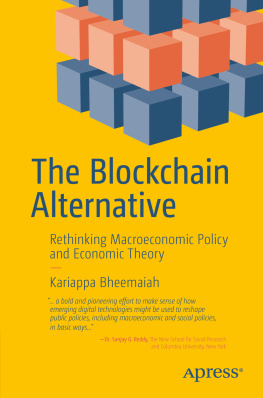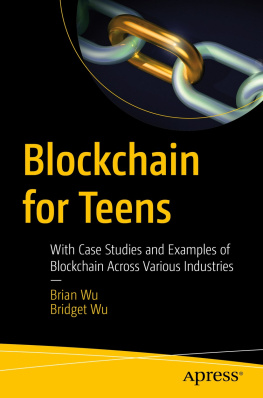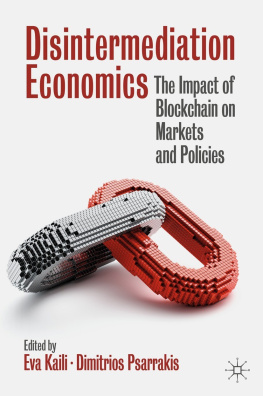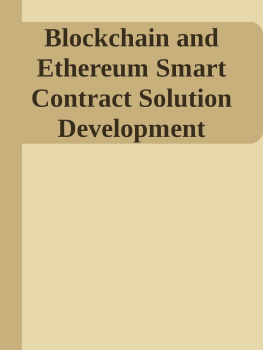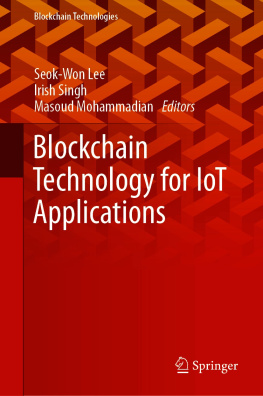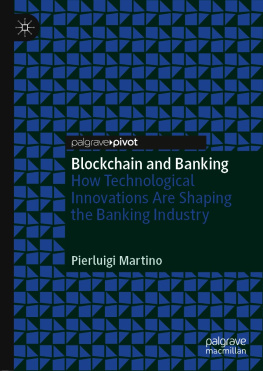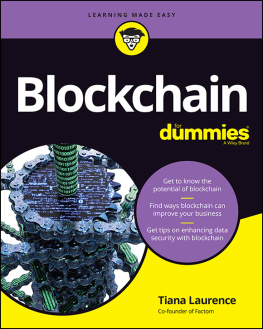The story of banking, economics, and finance has been a story of continuous evolution that has mirrored the different stages of human civilization. This was best documented in Niall Fergusons book, The Ascent of Money (2009). In his book, which was later adapted to an Emmy wining television documentary for Channel 4 (UK) and PBS (US), Ferguson traced the origins of cash and literally showed how money makes the world go round.
This concept of money being at the epicenter of society can be looked at as an existential reality. It is referred to as the utilitarian approach and leads to an oversimplistic interpretation of our complex world often characterized as linear thinking. The utilitarian approach measures the value of everything in units of money. As a result, it leads to one-dimensional optimization, as business interests become increasingly influential in science and politics. The related lack of a multidimensional approach thus significantly contributes to the dysfunctionality of many societal institutions, and their ability to fix the problems society faces. By showcasing the interdependence of systems in a hyperconnected world, Ferguson highlighted the impotence of our understanding.
In spite of commendable works like this, it is interesting to note that the curriculum in most universities and colleges today seems to consecrate very little content, importance, and time to the way money is made. It would almost seem like an irrational statement, but pick up any undergraduate level economics textbook published in the last twenty years and browse the contents. How many chapters or book sections deal with the creation of money and credit? Better still, if you have attended, or are attending, a business school or taken any business, finance, or economic courses, think back to the classes that you attended. How many hours did you actually spend learning where money actually comes from? Who are the principal parties responsible for creating money? Is it the government, the central bank, or the market? Better still, when was the last time you asked yourself this question?
An Obsession with Cash
For me, it was this very question that led to not just a perpetual answer-finding expedition, but also to a personal reinvention. In 2006, when I was in my early twenties, I left my country of origin and travelled to France with a very clear objective. Dissatisfied with a budding career as a marine engineer, I left everything behind to seek adventure and camaraderie in the French Foreign Legion .
Between 2006 and 2011, I served in the renowned 2nd REP, and during this time, I was deployed on multiple occassion in Africa and Afghanistan. Apart from being an extremely formative period, these deployments also led to the development of an introspective streak which sparked and channelled an intellectual curiosity. I realized that every time I was in a country of conflict, I began to ask myself the same questions. Some of the questions are those which every soldier thinks about. When will this be over? When will I get home? What will I do after that?
But the most recurring question was with reference to the gargantuan sums of money being spent by the government (French or otherwise), every time they put boots on the ground. Not counting the loss of life, the economic cost of the war in Afghanistan cost the French government over 3.5 billion between 2011 and 2014 (Conesa, 2015). For other countries the figures are even higher. The Watson Institute of International and Public Affairs, states that the United States federal government has spent or obligated $4.4 trillion on the wars in Afghanistan, Pakistan, and Iraq (Watson Institute, 2015). As of 2016, a Congressional Research Service (CRS) report states that the cost of keeping a single American soldier in Afghanistan is a wincing $3.9 million (Thompson, 2015).
Where does this money come from? Is it being paid just by taxes or is there another source? These were the questions that I continuously asked myself as I came to the end of my contract with the Legion. In an attempt to find these answers, I enrolled myself in a masters in business degree program at prominent business school in France on leaving the Legion. It was here that one realised that although we are taught how to account and invest money, we never looked into the mechanics of making money, which is the origination of the subject. Moreover, this is a phenomenon that is not just restricted to one institution. A large number of institutions currently practice this teaching methodology. Just ask around your own entourage and note down the results.
While the reason for this occurrence will be looked at in a later part of the book, for the time being we come back to the question of how money is made and where it is created. In todays complex and sophisticated societies, it is insufficient to only examine the economic attributes of money in order to grasp its true meaning.
To understand the way money is created and to gauge its pertinence, one must be prepared to study it in the context of a particular society. Money, after all, is a means of communication wherein individuals communicate on how they will transfer value. Currency in this case is the medium that is used to exchange value, and the medium of value exchange can take different forms. But the underlying architecture and the executed purpose has always been the same: to facilitate trustworthy interactions.
If a certain kind of money is to exist, then it needs perform three functions : it needs to be a store of value, a unit of account, and a means of transfer. These three attributes manifest themselves in the form of a currency which is a physical representation of trust within a society. You do not need to trust a person to accept his money or vice versa. What allows trade to function in a modern-day economy is the fact that we trust the medium of exchange, be it dollars, euros, or anything else.
Currencies in general have always been in a gradual state of evolution, with its format varying as economies evolve. Early money was more a commodity rather than a currency and had an intrinsic value in itself. Examples of early money include cattle, seeds, and even wood. In fact, Tally sticks made of polished hazel or willow wood, were used in England from 1100 AD and only abolished in 1834. Hence the origin of the phrase tally up.
Gold and silver were the generally accepted forms of exchange and measurement of wealth for a long period in the history of money . The bimetallic system of money gave rise to the gold standard in early 1900s and during the Bretton Woods conference in 1946, it led to the creation of a fixed exchange rate. By this method, a countrys sovereign currency was pegged to gold, giving each denomination of the currency a value that could technically be redeemed in gold.
As gold and silver were cumbersome to store, carry, and use, towards the eighteenth century, a new much more portable and convenient form of currency in the form of commodity-backed money started to be used. The difference between this form of money and previous forms was that the currency by itself had no intrinsic value. Unlike gold and silver, this form of money was based on an understanding that the currency held by a person could be redeemed for a commodity in exchange.
As the century rolled on it was this form of money that evolved into fiat money, which is currently used by modern economies. Fiat currencies came into use in 1971 following the decision of President Nixon to discontinue the use of the gold standard. The end of the gold standard helped sever the ties between world currencies and real commodities and gave rise to the floating exchange rate. A distinguishing feature between commodity-backed currencies and fiat currencies, however, is the fact that it is based on trust and not a tangible value per se. Fiat currency is backed by a central or governmental authority and functions in purpose as a legal tender that it will be accepted by other people in exchange for goods and services. It can be looked as a type of IOU, but one that is unique because everyone who uses it trusts it. The value of a currency is hence based on trust rather than an exchange for a certain commodity.

